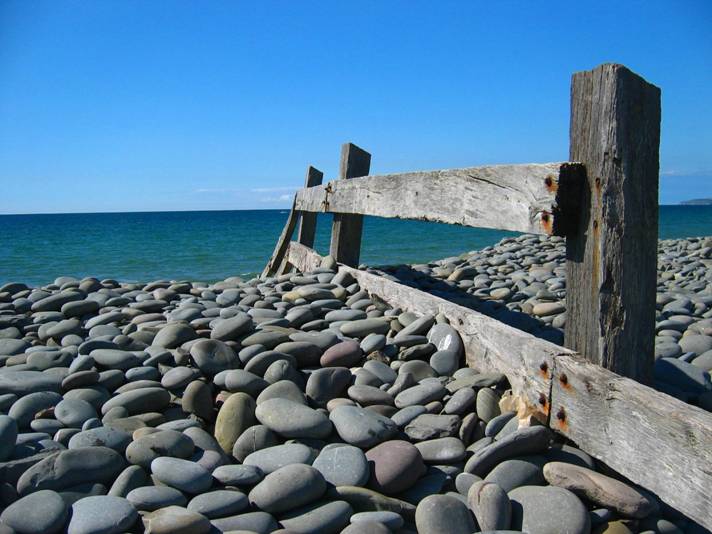The pebble filled exactly with a scent that does not remind one of anything its ardour and coldness feel a heavy remorse - Pebbles cannot be tamed |
Zbigniew Herbert (29 October 1924 in Lvov – 28 July 1998 in Warsaw) was an influential Polish poet, essayist, drama writer, author of plays, and moralist. A member of the Polish resistance movement – Home Army (AK) during World War II, he is one of the best known and the most translated post-war Polish writers. He was first published in 1950; his writing debut was a volume of verse String of light and it was published in 1956. One of Herbert’s most valuable works is a cycle of writings about Pan Cogito (Mr. Cogito), a character that is very modern but still sticks to the European cultural tradition. He was a distant relation of the 17th century poet George Herbert.
Herbert was a bachelor of the Order of the White Eagle and was educated as an economist and lawyer. In the 1980s Herbert was the main poet of the Polish opposition. Starting in 1986, he lived in Paris, where he cooperated with the journal Zeszyty Literackie.
He
came to Poland in 1992. On 1 July 2007 the Polish Government decided that 2008 would be the Year of Zbigniew Herbert.
At first, he lived in Proszowice, near Kraków (May 1944 - January 1945). Herbert studied Economics in Kraków and also attended lectures at the Jagiellonian University and Academy of Fine Arts. According to later opinion, it is assumed that at this time he contacted the Home Army (AK). In 1947, after three years of studying, he got his Trade Academy diploma. He continued his Law studies, however, not in Kraków but at the Nicolaus Copernicus University in Toruń, where he received a Master of Law. In the same year he was carried
on the list on the second year of Philosophy at NCU in Toruń, where he was inter alia a student of his later master, Henryk Elzenberg.
He lived in Sopot (from 1948), where his parents moved in 1946. A pebble is a clast of rock with a particle size of 4 to 64 millimeters based on the Krumbein phi scale of sedimentology it is generally described to be larger than gravel and smaller than cobble. A rock made predominantly of pebbles is termed a
conglomerate. Pebble tools are among the earliest known man-made artifacts, dating from the Palaeolithic period of human history.
|
